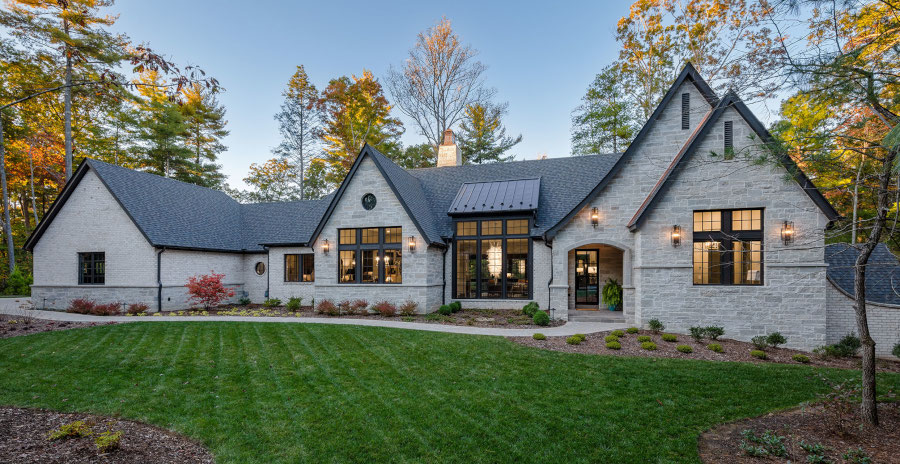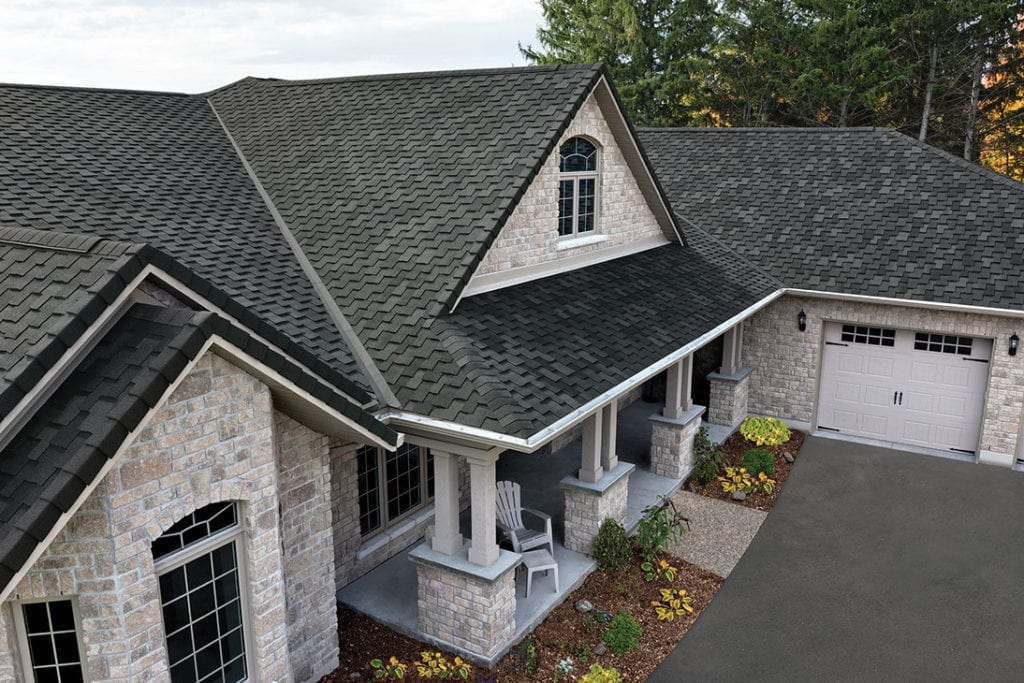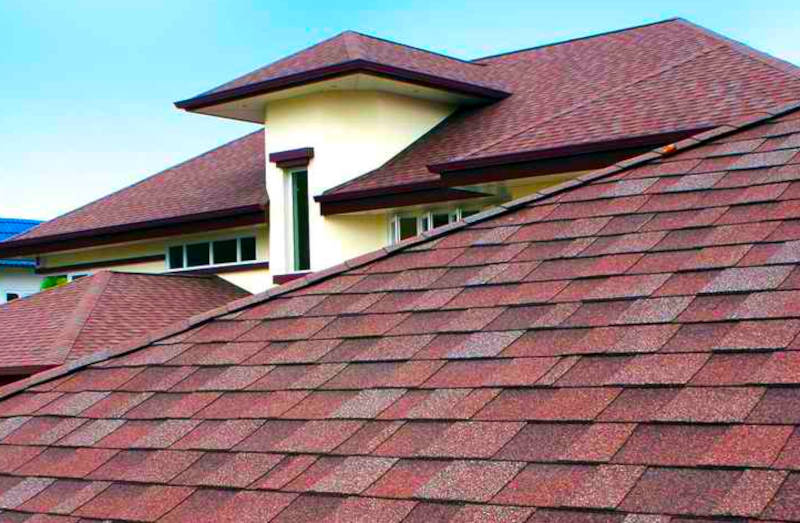
Interesting facts about residential roofing
A few interesting facts about roofs & roofing
This subject – residential roofing – might seem like a rather routine, unexciting, forgettable subject… A real yawner. Keep reading, and you might be pleasantly surprised.
Broderick Builders created a separate roofing division in recent months, and as you might expect, we tend to get excited about roofing. We really get into it, and that’s a good thing!
Here are some interesting facts and trivia about residential roofing, home remodeling with roof work, roofing through the ages, and related subjects.
The earliest roofing materials known to man include stone, thatch, and clay. Although not necessarily documented, it is likely that thatch has been one of the most common roofing materials used between 5000 and 1800 B.C. and earlier. Clay tiles can be traced all the way back to around 10,000 BC.
The earliest documented record of thatched roofing we have to date is circa 700 AD. Although little is known of thatched roofing history during the eighth and ninth centuries, historians assume that thatching with wild grasses and straw was probably fairly common for the day.
(Source: A Guide to Traditional and Modern Thatch Roof Materials – Roof Thatchers, out of the UK)
What is thatch, anyway?
One of the most commonly used thatching materials over the ages has been long straw. Long straw is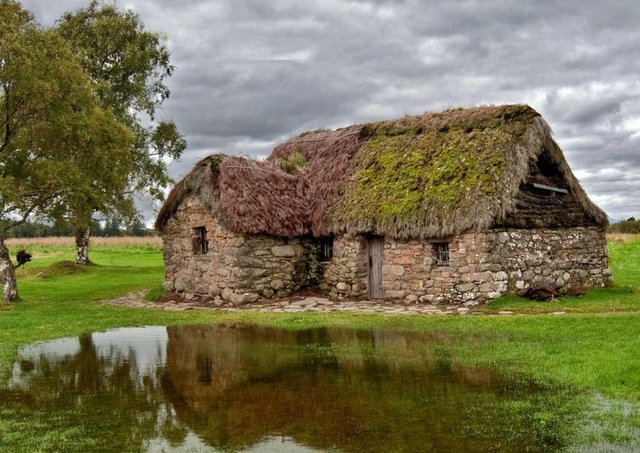
created or assembled by cutting low on the given plant, and then binding the material into large, tight sheaves. Generally, what we call long straw is usually a combination of rye and wheat. Other suitable plants to use as long straw are oats and barley.
The person writing this article is not a roofer, but a writer/blogger/researcher; I am a layperson when it comes to roofing. I have always wondered how thatch roofs can possibly keep out the rain. It just doesn’t seem like bundled straw could possibly keep a home dry! Now clay tiles, I can understand. it makes more sense to me that clay tiles, properly installed, could keep a home dry.
Turns out that thatched roofs are effective because the reeds used (the so-called long straw) are naturally waterproof. Furthermore, the long straw is bundled so tightly that it simply sheds water. A thatched roof can shed not only water, but also sleet and snow.
This one seems counterintuitive… In some cases, metal roofing materials actually weigh less than wood shingles.
It seems as though a metal roof would attract lightning. In fact, metal roofs are not really any more prone to lightning strikes than roofs made of other materials. Lightning is equally drawn to roofing materials other than metal. A metal roof can actually protect a home from lightning because it cannot catch on fire.
Asphalt shingles are all that.
Even though asphalt shingles are a newer product than other roofing materials (invented sometime around 1900), they are by far the most popular roofing product in America. Around 75% of the homes in North America use asphalt shingles as the primary roofing material.
Leaking water can travel 20 feet before it is noticed!
Water leaking onto a ceiling through a damaged roof tends to run some distance before it starts to drip down where it can be seen. Interestingly, the visible part of a leak can be twenty feet or even further away from the spot where it came in through the damaged roof (or whatever the source of the leak is).
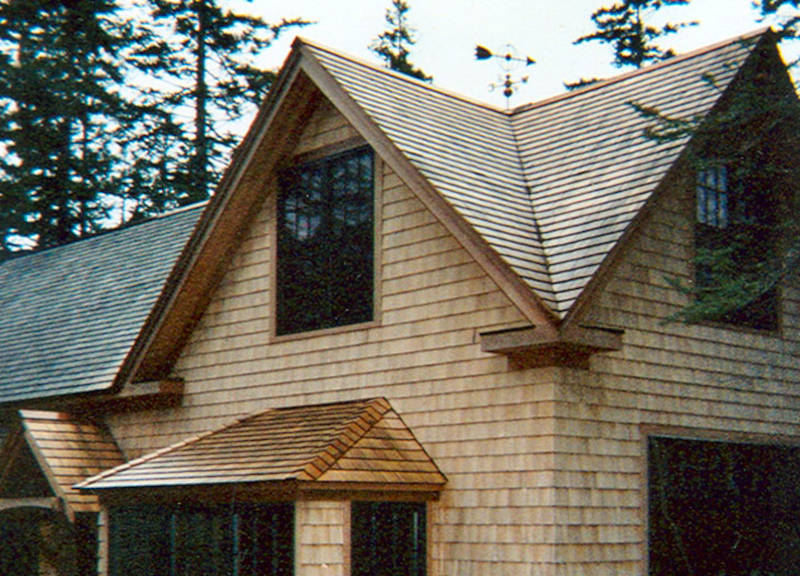
Cedar shingles are a common roofing material in the Pacific Northwest.
White and red cedar shingles are one of the most classic roofing materials for homes in the Pacific Northwest, like Oregon and Washington.
While the idea of natural building materials is still popular and has a lot of appeal to many homeowners, some insurance companies are now charging more to insure homes with wood-shake roofs because of the increased potential for fire. Some insurance companies will not insure it at all.
The average person doesn’t give much thought to the roof, despite the fact that the roof is one of the most important parts of a house. The roof of a house is critical for obvious reasons, like protecting residents from inclement weather. But a roof can serve other purposes as well; for example, a roof can help to complete a home’s style. Also, the roof can be a major contributor to curb appeal.
The most common weak spots of a roof
The most common weak spots on roofs are the parts of the roof that need protection from flashing. However, damaged shingles are often the cause of a roof leak. Roof leaks can also be caused by damage in the waterproofing material which lays directly underneath the shingles. A leaky roof may or may not mean the entire roof needs to be replaced.
However, if the leak been around long enough without being noticed, then there’s a good chance there will be some dry rot involved. If the roof is very old, then it may be time to get the entire roof replaced.
In late 2018 to early 2019, there were more than 50,000 establishments engaged in roofing, siding, and sheet metal work valued at more than 31 billion dollars. Since then, growth has sputtered due to the pandemic. Seemingly random shortages of various materials has become an issue. Look for a future article to cover the effects of the pandemic on home remodeling and roofing.
Roofing contractors are especially concentrated in three states: California, Florida, and Texas.
We are Certified Roof Repair Specialists.
If your roof needs servicing, don’t hesitate to call the Roofing Division of Broderick Builders at 615.645.5904. Please give us a call if you have any roofing questions or if you’d like an estimate.
Here are some potential questions for another roofing article.
Can hail damage a metal roof?
What is the sturdiest roofing material?
What is the longest-lasting roofing material?
What are the top causes of roof leaks?
In roofing, what is the flashing?
Resources: Interesting facts about residential roofing
- Average Roof Lifespan – How Long Does a Roof Last?
- 17 Roofing Industry Statistics and Trends – BrandonGaille.com
- 4 Roofing Facts and Statistics That May Surprise You – Home365 | Property Management Reinvented
- 10 Interesting Roofing Facts You Should Know | RGB Construction
- 10 Roofing Facts That Might Surprise You | Long Home
- 10 Interesting Roofing Facts You Should Know
- 17 Roofing Industry Statistics and Trends – BrandonGaille.com
- 10 Fun & Interesting Roofing Facts | Jewell Roofing & Exteriors | News and Events for Jewell Roofing & Exteriors
- Roofing Market Size, Emerging Trends Analysis | Industry Forecast 2027
- Interesting Facts About Roofing History | Kingdom Roofing
- Top 65 Facts About Roofing Shingles | RoofCalc.org

